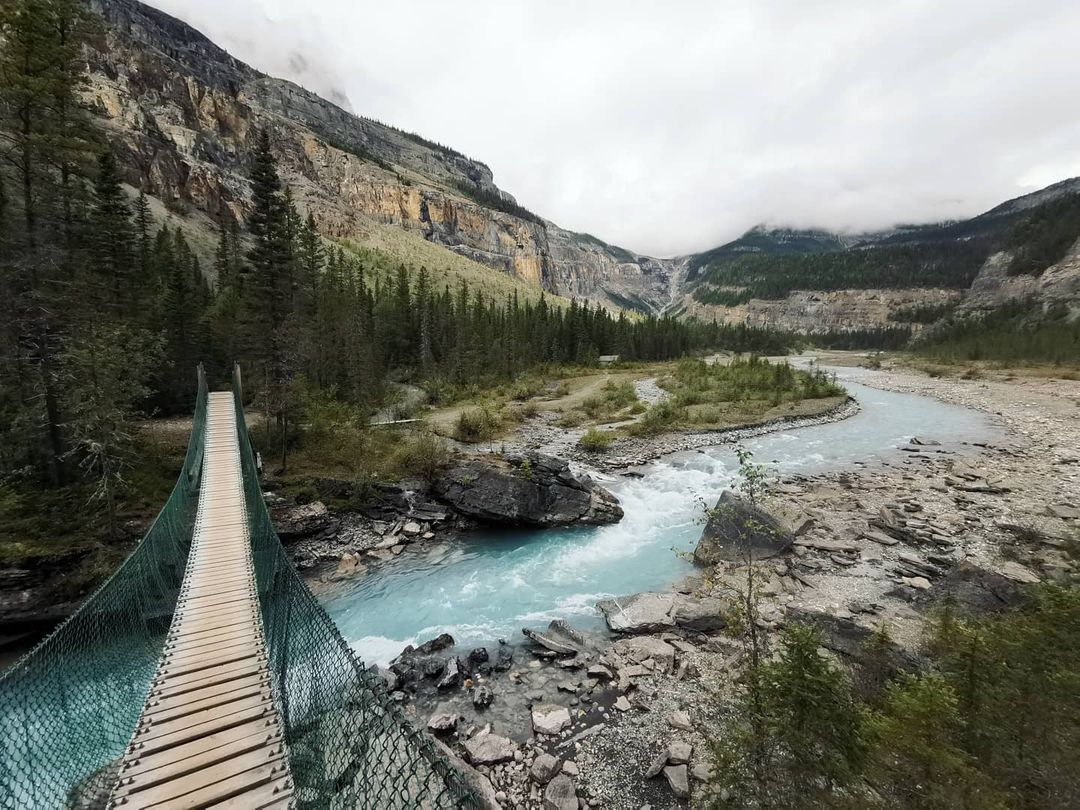When we think about open innovation, it is easy to think we mean sharing everything. That is not quite the idea. For me, open innovation is sharing the common load. Let’s dig into that idea a little as we investigate open source technology, geospatial and the power of open innovation.
Some things are hard. Hard enough that doing them yourself would be a considerable effort. In those cases, it’s worth getting some help. Perhaps when getting that help, you agree to share the resource, whatever it might be. In a very rudimentary nutshell, that’s open innovation. You can still add extra bits to the shared commodity, which might refine the resource for your purposes. Adding to the shared resource makes it better for all users, and you can benefit from what they do.
Open innovation means that a dispersed group of specialists can share their ideas on a subject and grow from each other. This growth advances them all more than they would have independently. This pattern can occur in academia but also in the technology industry. The geospatial sector has a robust open community, partly because the problems of measuring our planet are so deep and are getting deeper. From astonishingly complex geoids to innovative data delivery methods, an organization is either spending billions on development or is deeply invested in open technology or just as likely, both. But open innovation does not preclude industry, profit-making or otherwise. Gone are the days when software companies held onto intellectual property (IP) so tightly. Now, speed of development is the central differentiator between technology products, and open innovation is a clear path to shared success, especially when that technology sits around a piece of shared knowledge, for instance, our planet.
Openness does not preclude profitability. There is a notion that a company cannot perform when it does not own its entire IP stack. Maybe that was true once, but Nokia had 50 thousand revenue-generating patents the year before the iPhone launched; that didn’t help much. The dominant design changed, and Nokia was simply not ready. Obviously, open innovation wasn’t the toppling force there. But Tesla’s opening of patents concerning battery technology is a clear signal that they believe batteries can get a lot better, and more brains thinking collaboratively on the subject is a force multiplier.
Geospatial analytics is another area where working together makes sense. A new market: commercial space, smart devices, cloud computing, and AI were all science projects a decade ago. Geospatial analytics is an area of development where smaller companies can make a significant impact using open innovation practices. For instance, we can see this in the community efforts around the Spatio-Temporal Asset Catalog (STAC), where disparate organizations agree on and develop against a series of practices that make sense. In that agreement, there is power: integrating data products, data fusion, and faster distribution becomes a reality. Standard industrial practices create real competition and avoid vendor monopolies and subsequent sector inertia.
At Sparkgeo, we know we sit on the shoulders of geospatial giants:
We use the GDAL project Every. Damn. Day.
The same is true of PostGIS, Shapely, Rasterio, and numerous others. We know how lucky we are to sit where we do. So we invest back when we can and where it makes sense. We support the GDAL project and FOSS4G primarily. But we do what we can, when we can.

